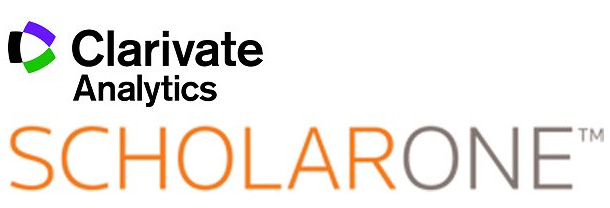An Updated Review on Nanostructured Lipid Carriers (NLC)
DOI:
https://doi.org/10.22377/ijpscr.v2i4.109Abstract
In the last few decades, various drug-delivery technologies have emerged and a fascinating part of this has been the development of nanoscale drug delivery devices. Nanoparticles and other colloidal drug-delivery systems modify the kinetics, drug distribution in the body and release profile of an associated drug. Nanostructured lipid carriers (NLCs) have provoked the incessant impulsion for the development of safe and valuable drug delivery systems due to their exceptional physicochemical and then biocompatible characteristics. Throughout the earlier period, a lot of studies recounting NLCs based formulations have been noticeably increased. They are binary system which contains both solid and liquid lipids aiming to produce less ordered lipid core. Their constituents particularly influence the physicochemical properties and effectiveness of the final product. NLCs can be fabricated by different techniques which are classified according to consumed energy. More utilization NLCs is essential due to overcome barriers surrounded by the technological procedure of lipid-based nanocarriers’ formulation and increased information of the core mechanisms of their transport through various routes of administration. They can be used in different applications and by different routes such as oral, cutaneous, ocular and pulmonary. This review article highlights the structure, composition, various formulation methodologies, and characterization of NLCs which are prerequisites in formulating a stable drug delivery system. NLCs hold an eminent potential in pharmaceuticals and cosmetics market because of extensive beneficial effects such as skin hydration, occlusion, enhanced bioavailability, and skin targeting.
Downloads
Downloads
Published
How to Cite
Issue
Section
License

This work is licensed under a Creative Commons Attribution-NonCommercial 4.0 International License.
This is an Open Access article distributed under the terms of the Attribution-Noncommercial 4.0 International License [CC BY-NC 4.0], which requires that reusers give credit to the creator. It allows reusers to distribute, remix, adapt, and build upon the material in any medium or format, for noncommercial purposes only.







